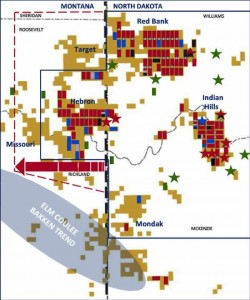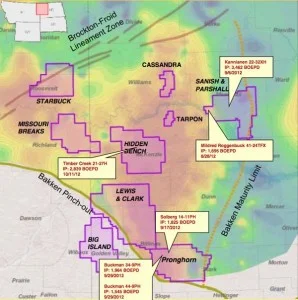Oasis Petroleum announce results from the third quarter of 2012 along with production guidance that is tracking even higher than planned. The company grew production 19% during the quarter. That's almost 20% growth over a 90 day period. Oasis is on track to reach growth of 115% to 120% by year-end 2012. That's a pretty amazing growth trajectory.
The company has also been able to drive operated well costs down from $10.5 million in the first half of the year to $9 million in the quarter. Significant savings was realized from utilizing company owned services - Oasis Well Services. The company is targeting well costs of $8.8 million by year-end 2012.
"The momentum of our operational success continued into the third quarter, as we again exceeded our production guidance and drove down our capital cost per well," said Thomas B. Nusz, CEO.
Price realizations improved during the quarter. The company realized a discount of 9% to WTI prices in Q3. The discount was 12% in Q2. Prices across the basin have been improving in recent months as rail facilities are providing necessary outlets in areas of higher demand (e.g. East Coast).
Oasis Well Services is Exceeding Expectations
Oasis Well Services completed its first well in March 2012 and has completed 100 well stages per month since. The company has saved $13 million in capital expenses to date and expects to save $500,000 per well in locations OWS can be utilized (40-50% of operated wells). Oasis invested $24 million in Oasis Well Services and expects a full payout in year one of operations.





